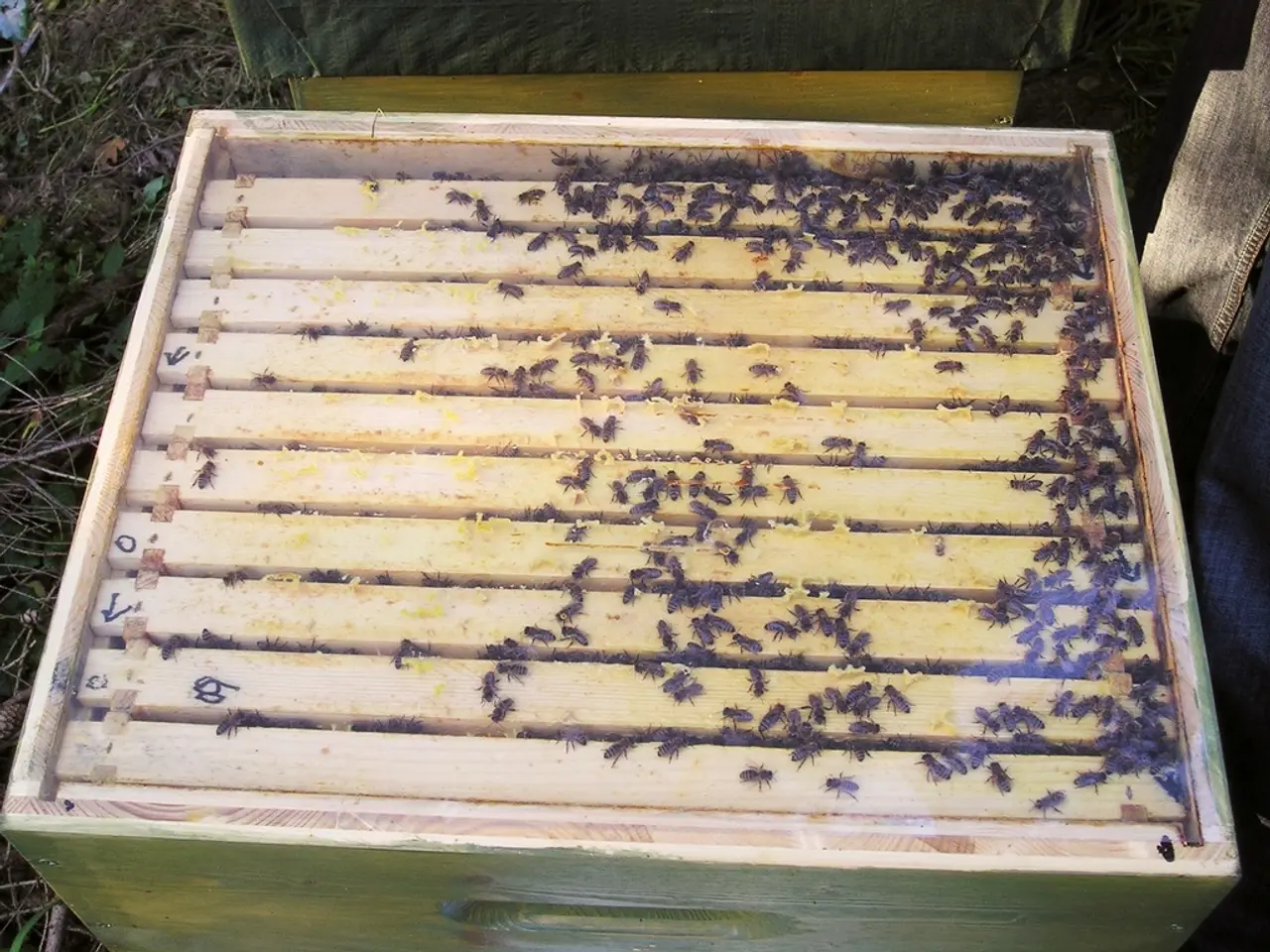Top 10 Innovative and Successful Gardening Techniques for Do-It-Yourself Enthusiasts
Designing an eco-friendly garden means minimising waste, supporting wildlife, and eliminating harmful chemicals. Here’s a practical, step-by-step guide incorporating reused and recycled materials, natural fungicides, DIY plant markers, container gardening, compost bins, wicking beds, hummingbird feeders, and organic insecticides.
## Garden Features Using Reused and Recycled Items
Transform old bottles, jars, cans, and even broken gardening pots into unique planters by cleaning and decorating them for a custom look. Repurpose glass jars, tin cans, and mason jars as lanterns, bird feeders, or planters. Old tires can become raised beds or decorative planters.
Create functional, decorative mosaic stepping stones and pathways using broken china, wine corks, old books, pallets, or CDs. Turn household "trash" into garden treasures.
## Natural Fungicides and Organic Insecticides
Baking soda (mixed with water and soap) can help control powdery mildew and some fungal diseases. Neem oil, diluted with water, is also effective against a range of garden fungi.
Use a homemade spray made from water, a few drops of mild soap, and essential oils like peppermint, lavender, or citrus. For persistent pests, introduce beneficial insects (ladybugs, lacewings) or plant pest-repellent companion plants (marigolds, basil, garlic).
Garlic is another household item that can be used as a natural fungicide. Mince or puree a clove of garlic, let it sit overnight, strain the garlic pulp, and spray the liquid on plant seedlings to thwart fungal growth.
## DIY Plant Markers
Write plant names with a permanent marker on clean popsicle sticks, old spoons, or repurposed plastic lids. Paint or engrave stones or untreated wood slices for rustic, weather-resistant markers.
## Water Container Garden
Use large plastic bins, old bathtubs, or even barrels for growing water-loving plants like lettuce, herbs, or ornamental water plants. Ensure containers are cleaned thoroughly and have drainage holes if needed for soil-based gardening.
Create a simple self-watering system by placing a perforated bottle upside down in the soil next to your plants, or use a larger sealed container with a water reservoir and wick (e.g., an old plastic bottle with string or fabric wick).
## Compost Bin
Repurpose a large plastic storage bin, wooden pallets, or a metal drum. Drill holes for aeration, layer kitchen scraps (vegetable peels, eggshells, coffee grounds) with brown materials (dried leaves, paper, cardboard), and keep moist. Turn regularly for faster decomposition.
## Wicking Bed
Build a raised bed with a water reservoir at the bottom (using a plastic liner or old pond liner). Add a layer of gravel or sand, then a geotextile barrier, and fill with soil. Insert a vertical pipe (e.g., PVC pipe section) to add water directly to the reservoir. The soil draws moisture up via capillary action, reducing water use and runoff.
## Hummingbird Feeder
Clean a clear glass or plastic bottle (e.g., soda, beer, or wine bottle). Attach a hummingbird feeder tube (available at garden centers) to the mouth, or create a DIY tube from thin plastic tubing. Fill with homemade nectar (4 parts water to 1 part sugar, no dye). Hang from a branch or shepherd’s hook.
## Sustainable Practices for Ongoing Care
Use leaves, wood chips, or straw to conserve moisture, suppress weeds, and enrich soil as it decomposes. Choose plants that are native to your region for lower water and maintenance needs. Set up rain barrels under downspouts for an eco-friendly water source.
Avoid chemicals. Focus on organic fertilizers, natural pest control, and healthy soil building to encourage beneficial insects and microorganisms.
Mixing certain spices with potting soil before putting it in a planter can help keep destructive fungus away. Sprinkling spices a few inches from plants and reapplying periodically after watering can help keep a garden fungus-free.
Hydrogen peroxide, when mixed with water and sprayed on plant seedlings, can repel fungi. A baby diaper can be used as a planter liner to prevent soil from washing away through planter holes.
Your eco-friendly garden can be both beautiful and functional by creatively using everyday household items, reducing landfill waste, and avoiding synthetic chemicals. These DIY approaches—from upcycled planters and pathways to homemade compost and organic pest control—make gardening more sustainable, affordable, and rewarding.
- Engage in DIY gardening projects by transforming household items such as old bottles, cans, and broken gardening pots into custom planters or mosaic stepping stones, contributing to a sustainable lifestyle while reducing waste.
- Foster a thriving eco-friendly garden by utilizing natural fungicides like garlic, baking soda, and essential oils, and controlling pests with organic methods such as beneficial insects and companion plants, eliminating the need for harmful chemicals.




